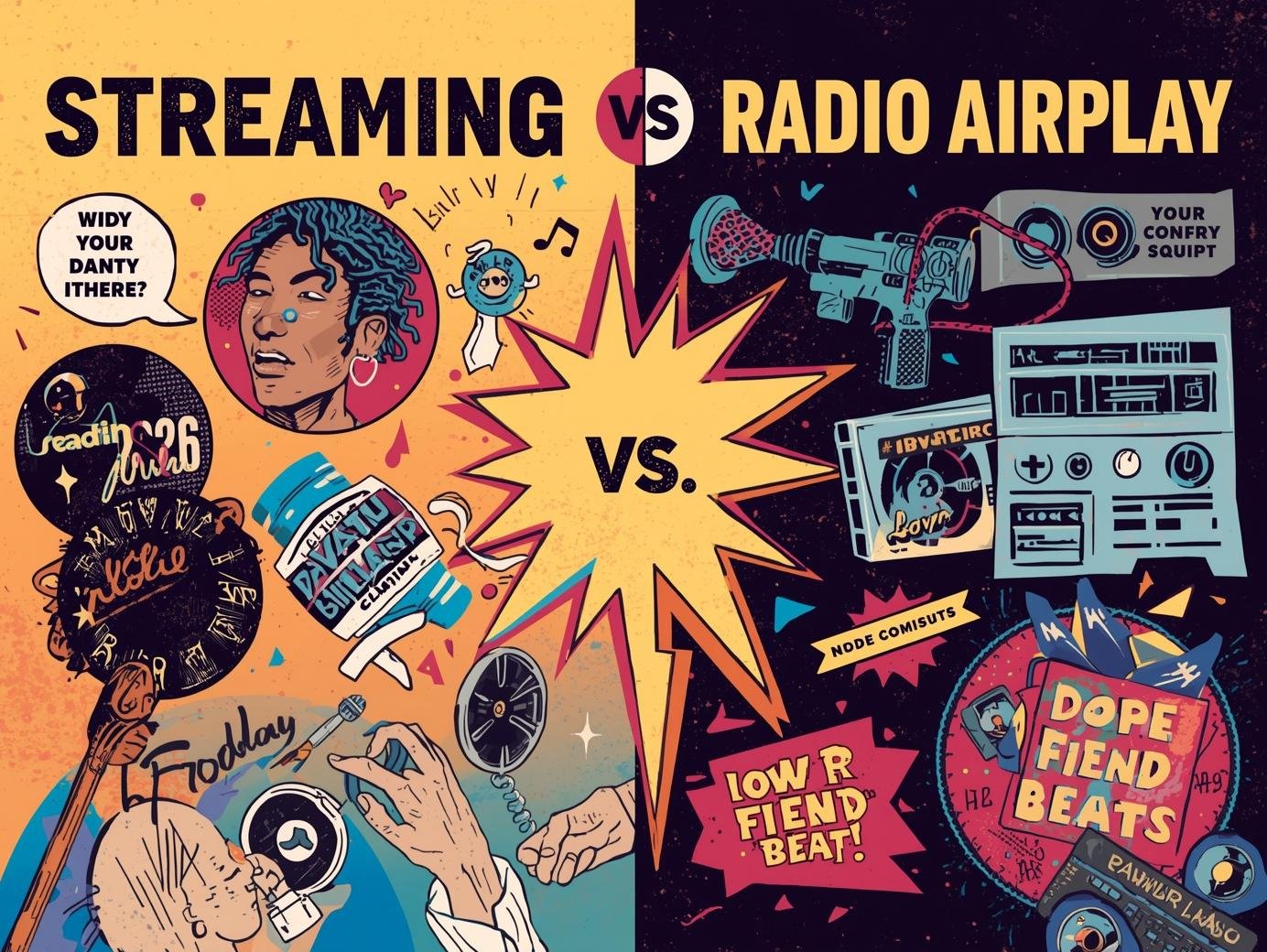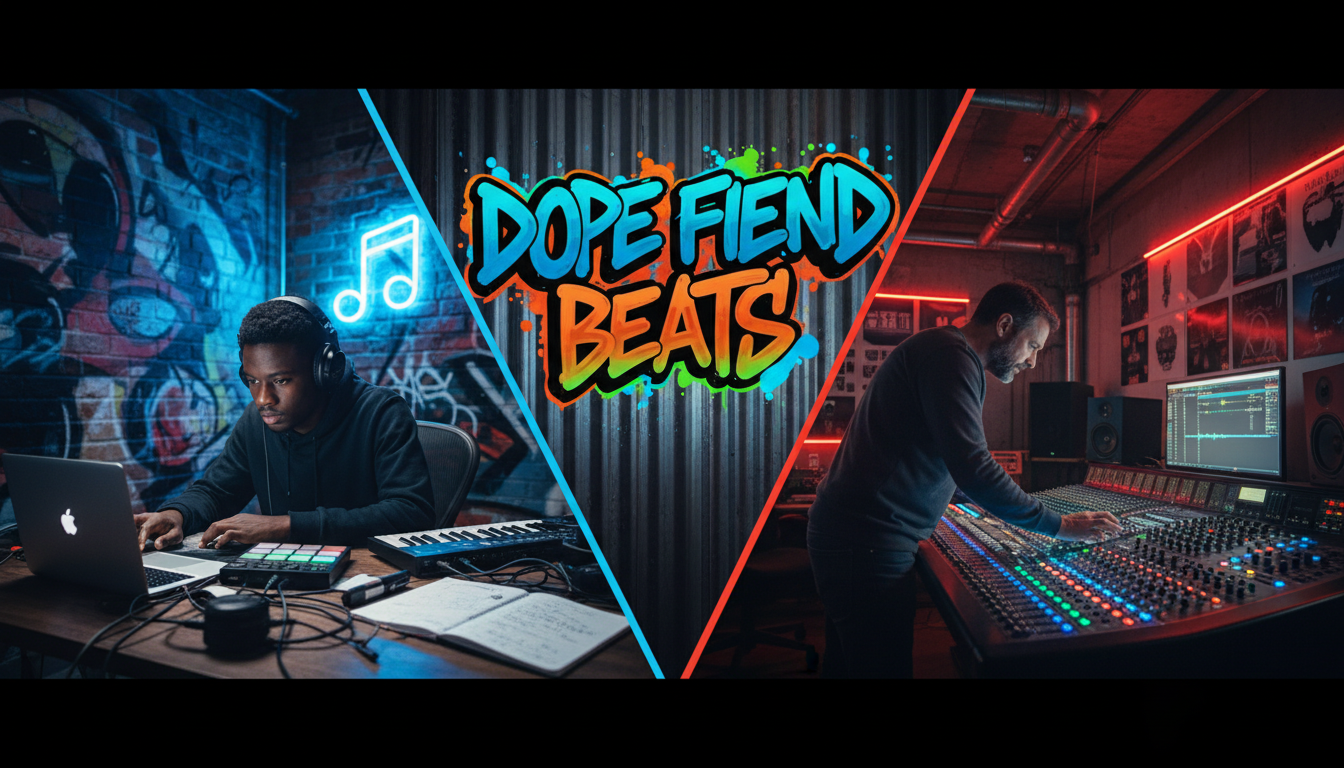Decoding the Battle Between Digital Streams and Traditional Radio in the Modern Music Industry
Explore the pros and cons of streaming and radio airplay for artists in 2026. Learn which platform drives more exposure, revenue, and career growth in today’s evolving music landscape.
Table of Contents
- Introduction: The Changing Soundscape
- The Power of Streaming in 2026
- The Enduring Influence of Radio Airplay
- Exposure: Where Do Listeners Discover New Music?
- Revenue: Who Pays Artists More?
- Demographics: Who’s Listening Where?
- The Hybrid Approach: Best of Both Worlds
- Resource List
1. Introduction: The Changing Soundscape
The way people discover and consume music has changed dramatically in the last decade. In 2026, artists face a crucial question: Should you focus on getting your music streamed or played on the radio? Both platforms offer unique benefits—and challenges. Let’s break down what matters most for artists today.
2. The Power of Streaming in 2026
Streaming platforms like Spotify, Apple Music, and YouTube Music have become the primary way most people listen to music. For artists, streaming offers:
- Global Reach: Instantly connect with fans worldwide.
- Data & Analytics: Detailed insights into who’s listening, where, and how often.
- Direct Fan Engagement: Playlists, pre-saves, and algorithmic recommendations can boost your exposure.
But streaming is also crowded. Millions of tracks are uploaded every week, making it tough to stand out without a solid marketing plan.
3. The Enduring Influence of Radio Airplay
Despite the digital revolution, radio is far from dead. In fact, radio airplay still plays a major role in breaking new artists and songs, especially in certain genres and regions.
- Local and National Exposure: Radio can introduce your music to new audiences who might not be active streamers.
- Credibility: Getting played on the radio can boost your reputation and open doors to interviews, gigs, and sync opportunities.
- Targeted Promotion: Regional radio campaigns can help you build a fanbase in specific markets.
4. Exposure: Where Do Listeners Discover New Music?
- Streaming: Most Gen Z and Millennials discover new music through curated playlists, social media, and algorithmic suggestions.
- Radio: Older listeners and fans of genres like country, R&B, and classic rock still rely on radio for new music.
- Hybrid Discovery: Many fans use both—hearing a song on the radio, then adding it to their streaming playlists.
Stat to Know:
According to IFPI’s Global Music Report, streaming accounted for over 65% of global music revenue in 2025, but radio still reached over 80% of adults weekly in the US.
5. Revenue: Who Pays Artists More?
- Streaming: Pays per play, but rates are low. Success depends on volume and playlist placements.
- Radio: Pays performance royalties through organizations like ASCAP, BMI, and SoundExchange. A single radio hit can generate significant income, especially for songwriters and publishers.
Pro Tip:
Register your songs with a performance rights organization (PRO) to collect all possible royalties.
6. Demographics: Who’s Listening Where?
- Streaming: Dominates among younger listeners, urban areas, and global audiences.
- Radio: Strong among older listeners, commuters, and rural areas.
Understanding your target audience can help you decide where to focus your promotional efforts.
7. The Hybrid Approach: Best of Both Worlds
The most successful artists in 2026 use both streaming and radio to maximize their reach and revenue.
- Release Strategy: Launch your single on streaming platforms, then pitch it to radio stations and DJs.
- Cross-Promotion: Use radio interviews to drive fans to your streaming profiles, and vice versa.
- Analytics: Track where your music is performing best and double down on those channels.
8. Resource List
- Spotify for Artists – Streaming analytics and promotion
- Apple Music for Artists – Streaming analytics
- SoundExchange – Collect radio royalties
- ASCAP – Performance rights organization
- BMI – Performance rights organization
- IFPI Global Music Report – Industry trends and stats
- Radio Airplay – Promote your music to radio stations
Final Thoughts
In 2026, there’s no single answer to the streaming vs. radio debate. Both platforms offer unique opportunities for exposure, revenue, and career growth. The smartest artists use a hybrid approach, leveraging the strengths of each to build a lasting presence in the ever-evolving music industry.




